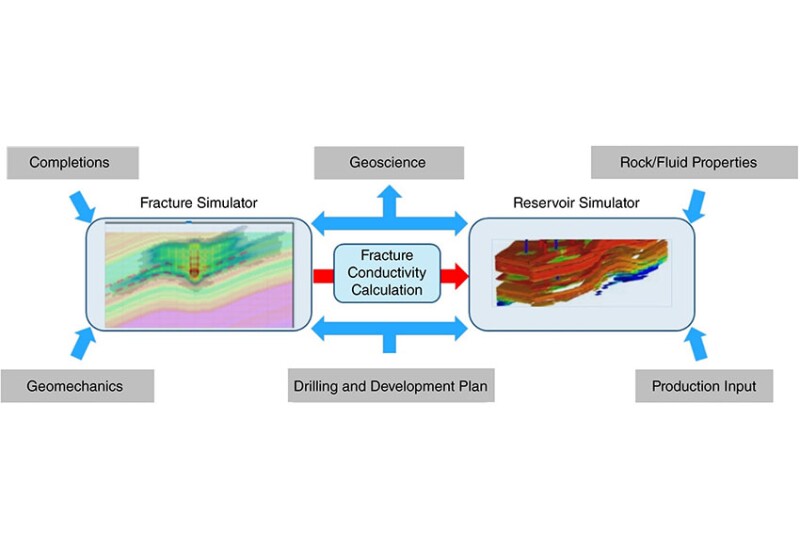在非常规油藏开发中,凝析油储层问题(当油藏压力低于露点压力时,导致凝析油储层生产率下降的因素)一直备受关注。在实施任何缓解策略之前,明智的做法是,根据有限的早期生产数据评估未来凝析油储层的潜力。针对二叠纪盆地的深层地层,设计了一个专门的工作流程。该工作流程旨在量化凝析油储层的严重程度,并随后优化油藏开发策略。
介绍
井 A 是位于二叠纪盆地深层内的一口单一评估井。

在非常规油藏开发中,凝析油储层问题(当油藏压力低于露点压力时,导致凝析油储层生产率下降的因素)一直备受关注。在实施任何缓解策略之前,明智的做法是,根据有限的早期生产数据评估未来凝析油储层的潜力。针对二叠纪盆地的深层地层,设计了一个专门的工作流程。该工作流程旨在量化凝析油储层的严重程度,并随后优化油藏开发策略。
井 A 是位于二叠纪盆地深层内的一口单一评估井。

In the context of unconventional reservoir development, the issue of condensate banking—a factor contributing to reduced productivity in gas condensate reservoirs when the reservoir pressure falls below the dewpoint pressure—poses a constant concern. Before implementation of any mitigation strategies, it is prudent to assess the potential of condensate banking in the future, based on the limited early production data. A specialized workflow was devised for a deep formation in the Permian Basin. This workflow aims to quantify the severity of condensate banking and subsequently optimize reservoir development strategies.
Well A represents a single appraisal well situated within deep formations of the Permian Basin.
